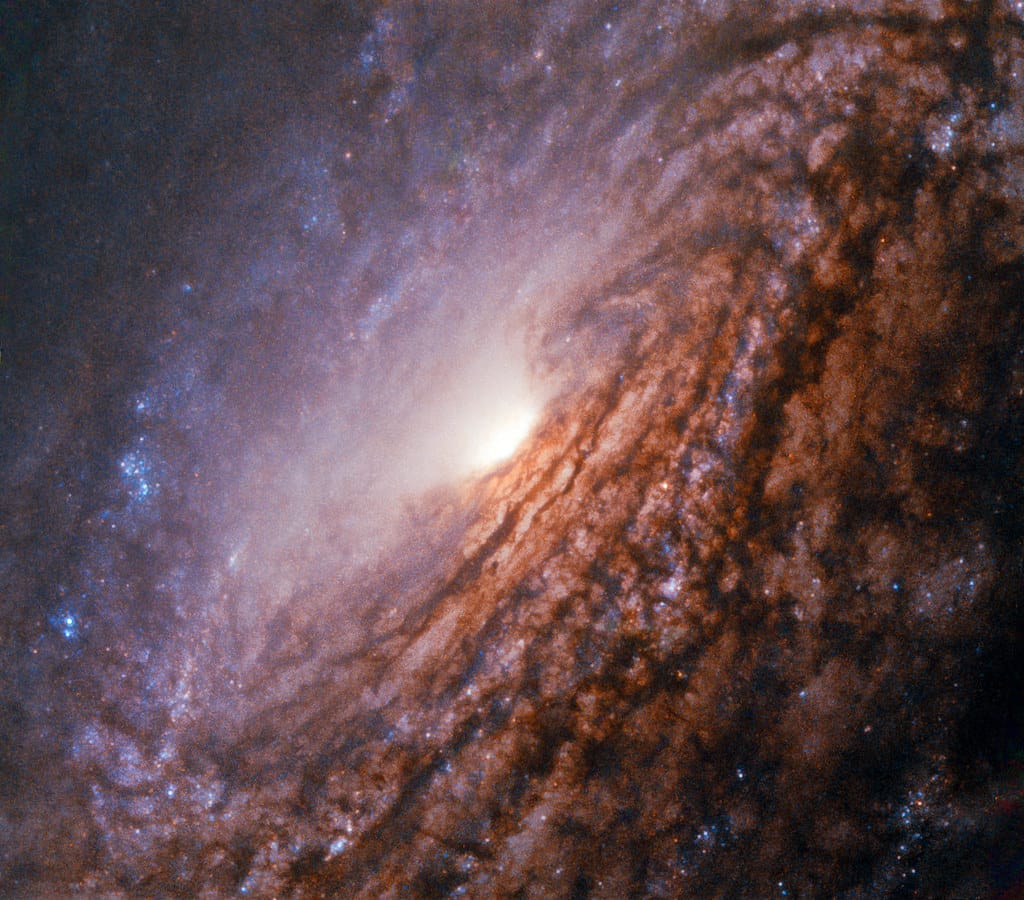Cosmic Mystery Solved: Ancient 'Little Red Dots' May Be Black Hole-Powered Stars from the Universe's Infancy
Scientists have potentially cracked one of the most perplexing puzzles in modern astronomy: the mysterious "little red dots" scattered throughout images of the early universe. These enigmatic objects, first spotted by the James Webb Space Telescope, may actually be massive stars powered by black holes at their cores—a type of celestial body that could rewrite our understanding of how the first stars formed after the Big Bang.
Webb's Surprising Discovery
When the James Webb Space Telescope began peering deeper into space than ever before, astronomers expected to see familiar cosmic objects. Instead, they discovered thousands of small, red-glowing dots peppered across the ancient universe, dating back to when the cosmos was less than a billion years old. These objects defied easy classification—too bright to be typical galaxies of that era, yet too compact to fit conventional models of early stellar formation.
"We were seeing objects that shouldn't exist according to our current understanding of the early universe," explains Dr. Sarah Chen, lead researcher on the international team investigating these phenomena. "These little red dots were glowing with an intensity that suggested they contained supermassive black holes, but they appeared far too early in cosmic history."
The Black Hole Star Hypothesis
The breakthrough came when researchers considered a theoretical type of star that had never been observed: black hole stars. Unlike ordinary stars that generate energy through nuclear fusion, these hypothetical giants would be powered by matter falling into a central black hole, creating an accretion disk that generates enormous amounts of energy and heat.
According to the new research published in The Astrophysical Journal, these black hole stars could have formed in the universe's first few hundred million years, when conditions were vastly different from today. The primordial universe contained much denser concentrations of dark matter and gas, potentially allowing for the rapid formation of both massive stars and the black holes at their centers.
How Black Hole Stars Would Work
These cosmic behemoths would operate on a fundamentally different principle than the stars we see today. Instead of the delicate balance between gravitational collapse and nuclear fusion that powers our Sun, black hole stars would maintain equilibrium through the intense radiation pressure generated by their central black hole's accretion process.
The theoretical models suggest these stars could reach masses 10,000 times greater than our Sun while maintaining surface temperatures that would make them glow primarily in infrared light—exactly matching the red appearance observed by Webb. As matter spirals into the central black hole, it would heat up to millions of degrees, creating the intense luminosity that makes these objects visible across billions of light-years.
Implications for Cosmic Evolution
If confirmed, this discovery would revolutionize our understanding of how the universe evolved from the cosmic dark ages following the Big Bang. Black hole stars could explain how supermassive black holes—some containing billions of solar masses—formed so quickly in the early universe, a process that has long puzzled astronomers.
"These objects could be the missing link between the first stars and the supermassive black holes we see in mature galaxies," notes Dr. Michael Rodriguez, a theoretical astrophysicist not involved in the study. "They represent a bridge between two fundamental questions in cosmology: how did the first stars form, and how did black holes grow so massive so quickly?"
The research team estimates that if their hypothesis is correct, black hole stars may have been relatively common in the early universe before dying out as cosmic conditions changed. As the universe expanded and cooled, the dense environments necessary for their formation likely disappeared, making them exclusive to the cosmos' earliest epoch.
Looking Ahead
While the black hole star hypothesis elegantly explains the little red dots' properties, confirmation will require additional observations. Upcoming Webb telescope surveys will search for spectroscopic signatures that could definitively identify these objects, while ground-based telescopes will look for gravitational wave signatures from their central black holes.
The discovery underscores how much we still have to learn about the universe's infancy. These little red dots, once mysterious anomalies in Webb's images, may represent an entirely new chapter in the story of cosmic evolution—one where black holes and stars formed an symbiotic relationship that helped shape the universe we see today.
As Webb continues to probe deeper into space and time, astronomers anticipate more surprises that will challenge our understanding of how the cosmos came to be.
